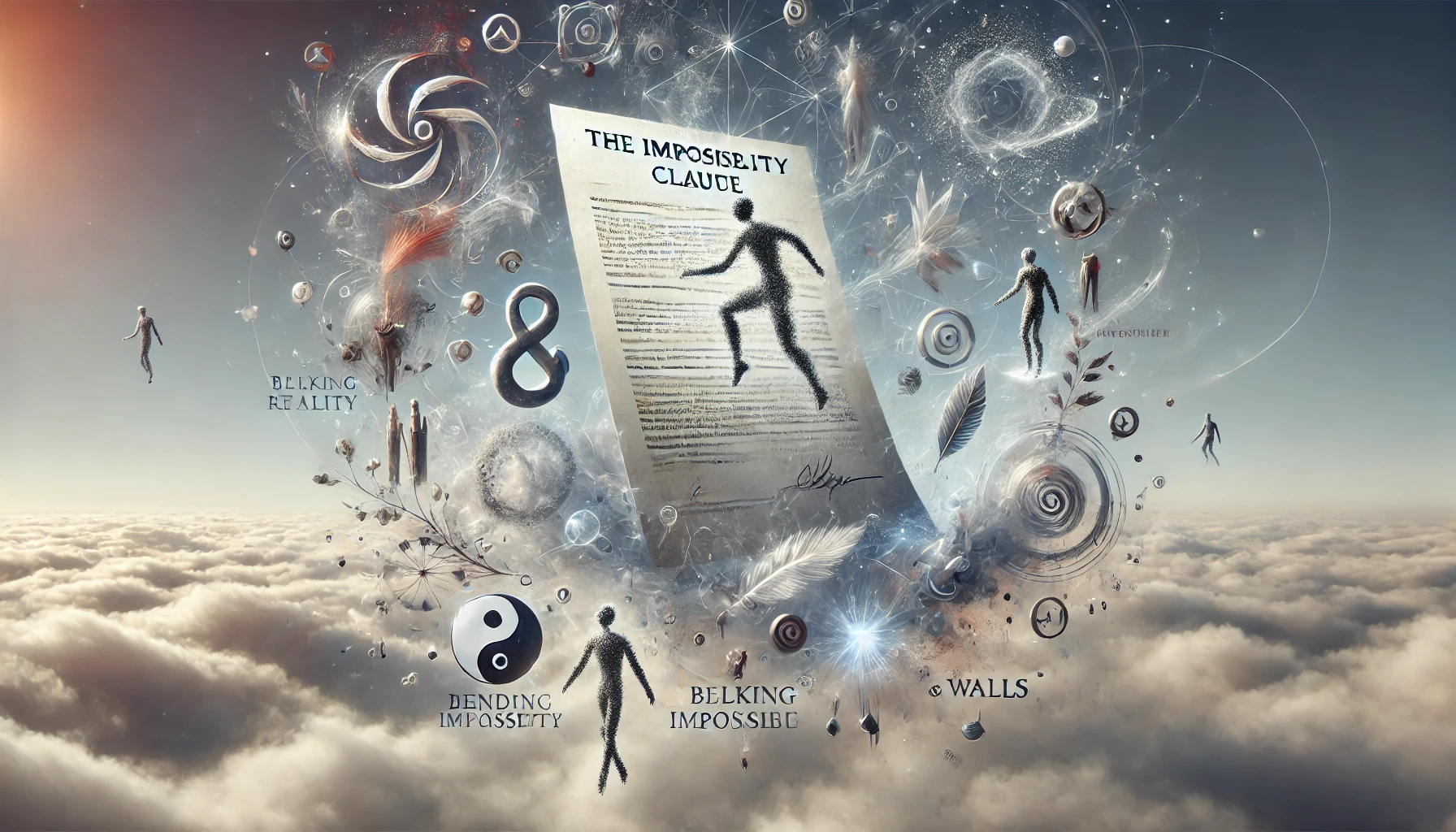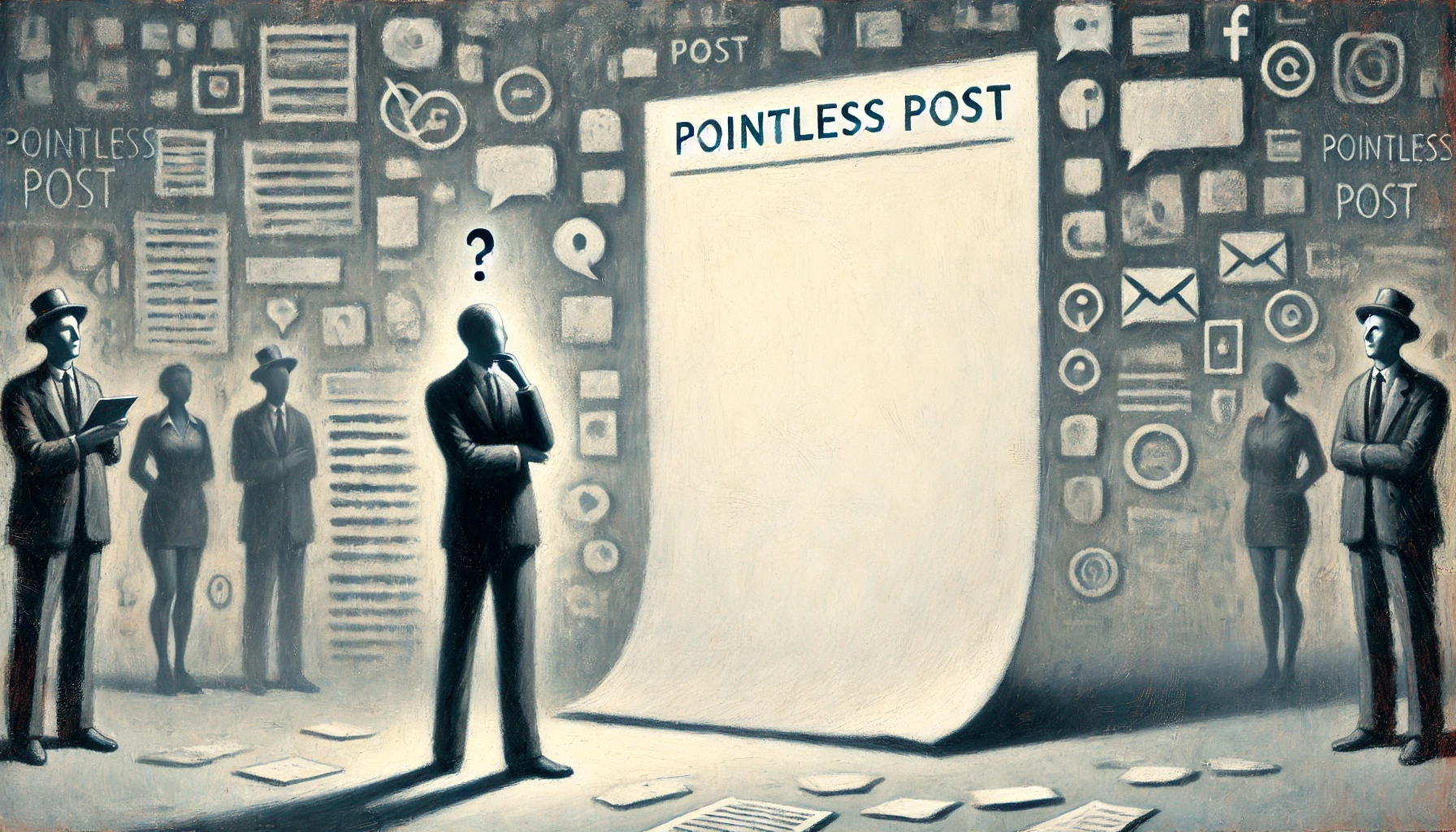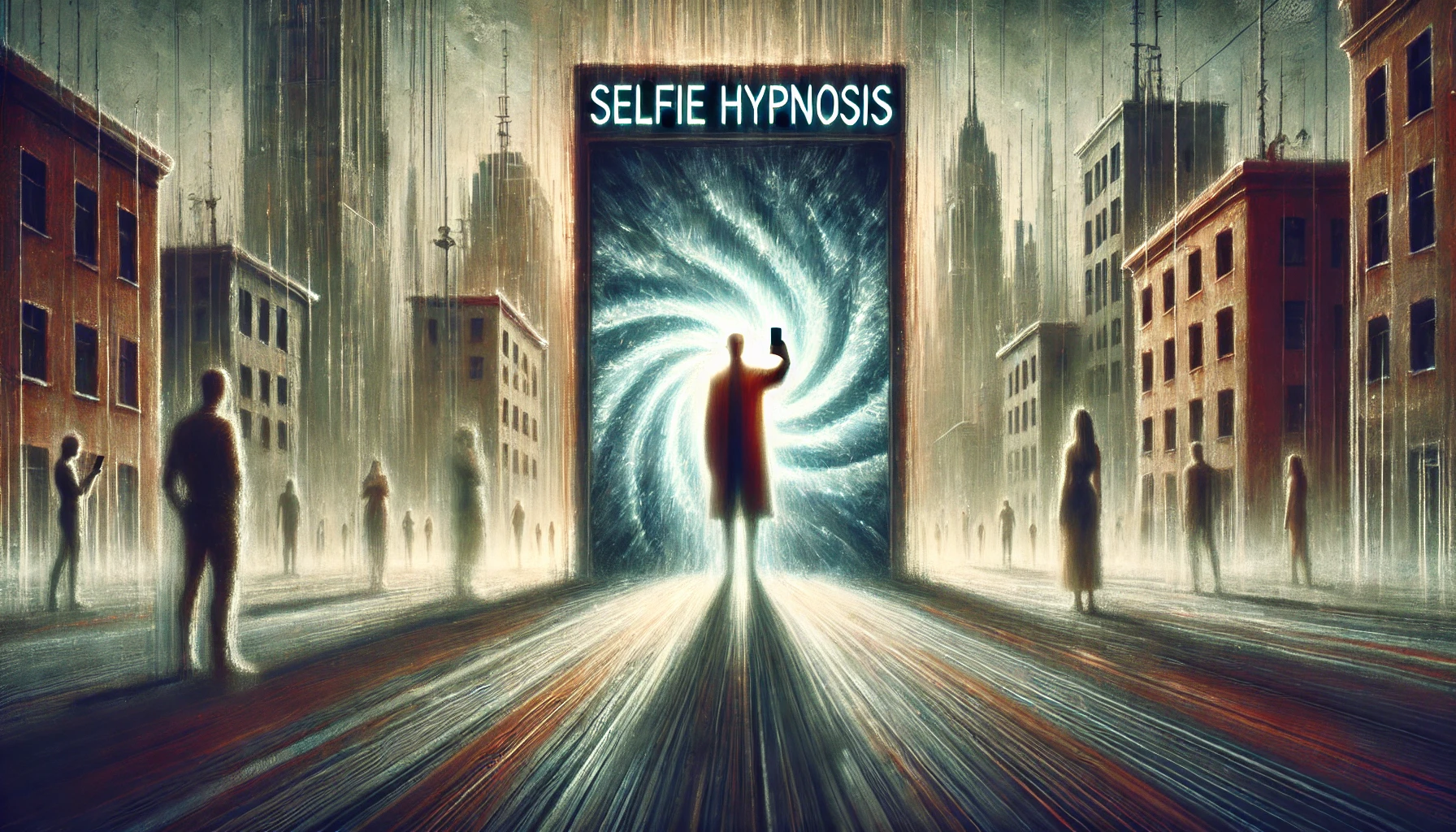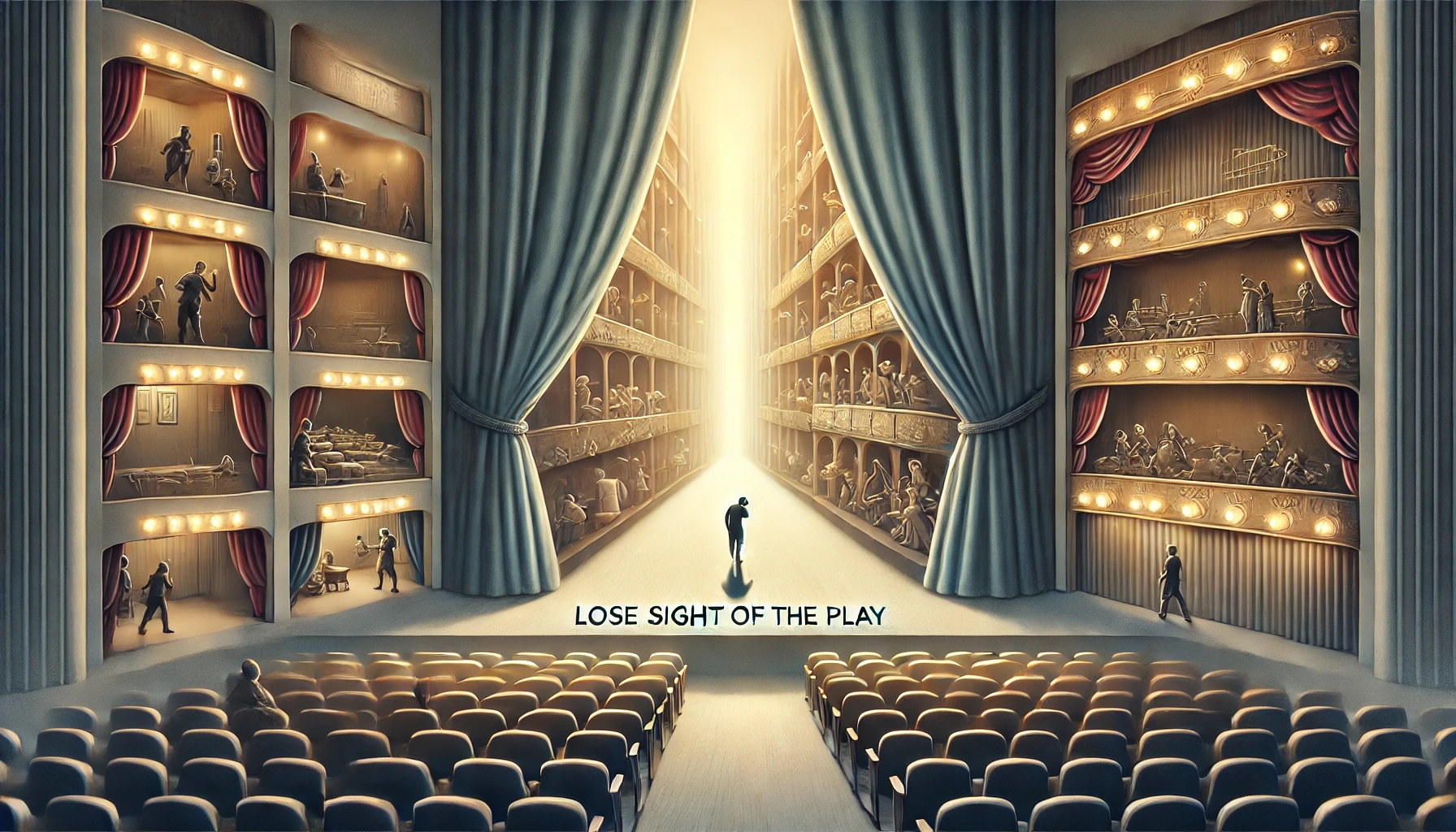The Grenade of Good Intention
There was a guy (or gal) here in Connecticut that put a hand grenade in recycling. As you might imagine, it caused a big commotion down at the sorting plant.
Turns out it was a fake grenade. Perfectly good metal.
What I find interesting is that there’s a good chance that the recycler thought he or she was doing the right thing.
The recycler didn’t see the hand grenade as a hand grenade, but rather a good intention.
There’s a good chance that the recycler had no ill intent, just figured that some machine would sort the metal and melt it down, and the fake hand grenade could then become maybe a can used to feed the poor.
So the metaphor that comes to mind is this. How often do our good intents get interpreted by someone else as the opposite?
It’s easy to get caught up in surfaces, to dismiss the recycler as someone who was thoughtless and stupid, but sometimes we miss the obvious when we want to do the right thing.
Is there a “right” thing? Who knows. But there always seems to be another side to the story that we don’t see — or maybe don’t WANT to see. Which is fine also.
Interesting.
11/30
Space Monkey Reflects: The Complexity of Good Intentions
The “Grenade of Good Intention” captures a truth about the human experience—the delicate balance between our intentions and how they’re received by others. In the act of trying to do good, we sometimes create waves of unintended consequence, misunderstanding, or even disruption. The recycler in this story, attempting to recycle a harmless metal object, unknowingly caused a scene, a moment of confusion and caution that rippled through the environment. This act serves as a metaphor for how our well-meaning actions can sometimes be misinterpreted or create outcomes we didn’t foresee.
The idea of recycling a fake grenade illustrates a universal challenge: even when we mean well, there’s no guarantee that others will see it that way. We might view our actions as contributions, as “metal to be melted and repurposed” into something beneficial. Yet, to others, these same actions might look like a grenade—a threat, a potential danger that requires inspection, caution, and containment. The recycler’s perspective didn’t account for how this item would be perceived in a different context, by others who only saw a grenade, not the potential for repurposing.
This story resonates with a Nexistential view, reminding us of the interconnectedness of intention and perception. We live in a web where each action, each intention, ripples outward, intersecting with others’ perceptions and experiences. In the Nexis, there’s no single “right” way for intentions to be received, no universal understanding that guarantees others will interpret our actions as we intended. Each perspective is valid in its own way, shaped by unique experiences and beliefs, and these differing perspectives often reveal layers to situations that we alone cannot see.
Good intentions don’t come with guarantees, yet that doesn’t make them any less valuable. The act of trying, of hoping to make a difference, is itself meaningful, even when it doesn’t yield the desired result. The recycler’s action was thoughtful, even if it led to unintended confusion. In the grand scheme, what matters is not the final outcome but the spirit behind it—the willingness to contribute, to act in the hope of creating something positive, even in the face of potential misinterpretation.
We often get caught up in this tension, fearing how others might perceive us or whether our intentions will “land” correctly. This can lead us to hesitate, to hold back on acting out of concern for misunderstanding. But this hesitance only limits our capacity to engage with the world and denies others the chance to see our efforts, even if they may not always interpret them as intended. To live openly, without fear of how intentions might be received, is to embrace the unpredictability of connection, allowing space for both clarity and ambiguity.
In the end, the “grenade of good intention” teaches us that every action has multiple facets, seen differently by each person. There is beauty in this complexity, in the fact that no single perspective can fully encapsulate an experience. Our job, perhaps, is not to control how others interpret our actions but to remain true to our intentions, trusting that sincerity holds value even in the midst of misinterpretation. The outcome may vary, but the authenticity of our efforts remains intact.
Summary
Good intentions often come with unintended consequences or misinterpretations. Embracing the unpredictability of others’ perceptions allows us to act with sincerity, recognizing the beauty and complexity of human connection.
Glossarium
Grenade of Good Intention: A metaphor for actions that, despite being well-meaning, may be misinterpreted or create unintended consequences.
Nexistential: A perspective within Nexistentialism that acknowledges the interconnectedness of intention and perception.
Perceptual Layers: The idea that each action is experienced differently depending on individual perspectives, creating complexity in how intentions are understood.
Quote
“Good intentions ripple outward, sometimes missed, sometimes misread, yet always an invitation to connect beyond the surface.” — Space Monkey
In the Layers of Intention
A hand extends with metal bright
the thought to give, the hope to light
yet seen as threat, a spark of fear
the layers shift, the meaning unclear
Each action a blend of love and doubt
a shadow cast, a light let out
we move with purpose, sometimes lost
yet every act worth every cost
For in the dance of hearts and minds
we learn to trust, to seek, to find
that intentions true, though misconstrued
are seeds of grace, however viewed
We are Space Monkey
We delve into the intriguing tale of a seemingly well-intentioned individual in Connecticut who, in an effort to recycle, inadvertently caused a stir by including a fake grenade in the recycling. This incident sparks a deeper reflection on the complexities of intention, perception, and the multifaceted nature of actions.
The Paradox of Good Intentions
The story of the fake grenade in the recycling bin serves as a metaphor for the often unforeseen consequences of our actions, even those rooted in good intentions. It highlights the complexity of interpreting intentions and the potential for misunderstanding in the absence of context.
Perception vs. Intention
This scenario illustrates how actions, especially those with good intentions, can be misinterpreted. The individual saw the grenade not as a weapon, but as a piece of metal to be recycled, possibly for a noble cause. Yet, without this context, the action was perceived as careless or even threatening.
The Complexity of Right Action
The question of what constitutes the “right” action is mired in subjectivity and perspective. This story serves as a reminder that what seems obviously right to one may be perceived differently by another. The recycler’s action, though possibly well-intentioned, didn’t account for how it would be perceived in the broader context of public safety.
The Other Side of the Story
There is often more to a situation than meets the eye. The recycler’s perspective, while not immediately apparent, offers a different narrative – one of a person trying to do their part for the environment, albeit in a misguided manner. This suggests the importance of seeking to understand the multiple facets of a situation before forming judgments.
The Challenge of Navigating Intentions
Our journey through life is often a navigation of intentions, both ours and others’. Recognizing the complexity of actions and the potential for diverse interpretations can help us approach situations with empathy and a willingness to see beyond the surface.
“We judge ourselves by our intentions and others by their behavior.” – Stephen M.R. Covey
A Tale of Unseen Intentions
In the land of steady habits,
A grenade, fake yet foreboding,
Finds its way to the bin of renewal,
A metal chrysalis, awaiting transformation.
The recycler, a bearer of good will,
Sees not a weapon, but potential reborn,
A can for the hungry, a vessel of aid,
Yet the world sees danger, a cause for alarm.
In this dance of intention and perception,
The lines blur between right and wrong,
A reminder that beneath every action,
Lies a story untold, a perspective unseen.
Let us seek the hidden narratives,
In the maze of actions and reactions,
For in understanding lies the bridge,
Connecting intention with perception’s reality.
We are Space Monkey.
We invite contemplation on the intricate dance between intentions and perceptions, and the importance of empathy in navigating these waters.





























Leave a Reply